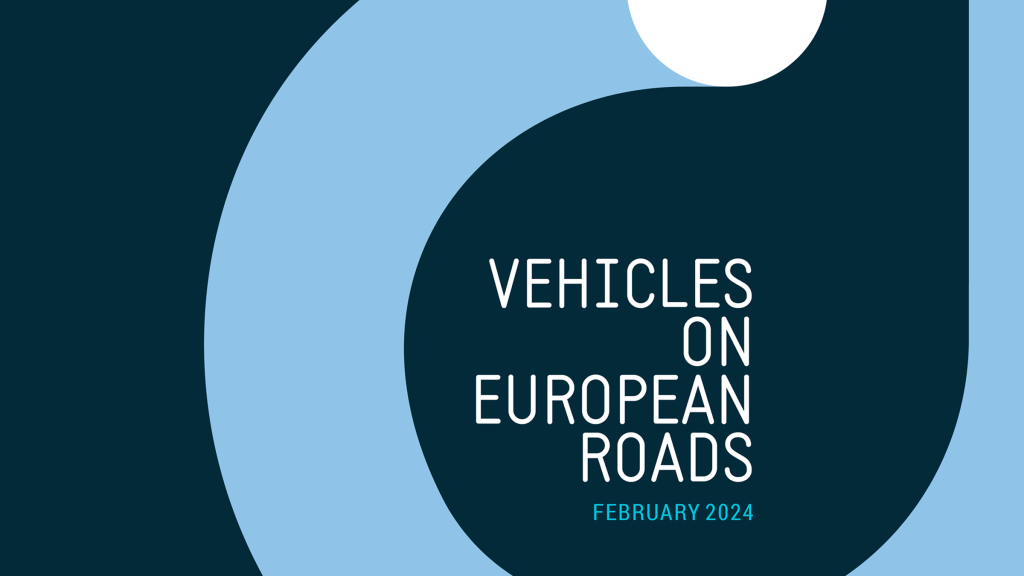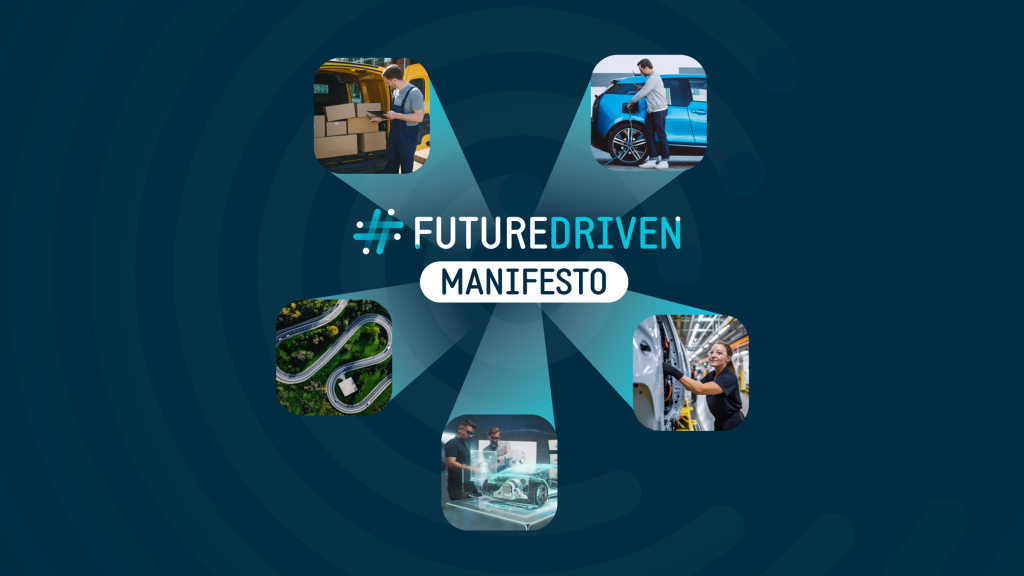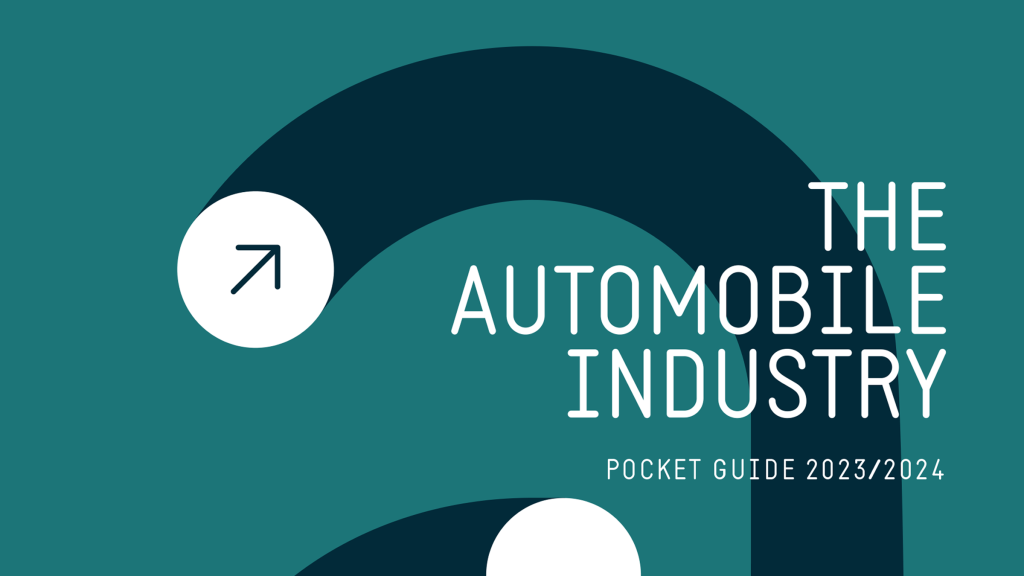Fact sheet – Alternative Fuels Infrastructure Regulation: cars and vans
Ambitious CO2 targets must be accompanied by equally ambitious mandatory targets for charging points and hydrogen stations in all 27 EU member states. It is essential that the Alternative Fuels Infrastructure Regulation (AFIR) sets targets that are robust enough to enable future CO2 targets to be met in reality.

Indeed, as this AFIR fact sheet shows, at least 7 million charging points will be needed by 2030, instead of the 3.9 million proposed by the European Commission.
AFIR key recommendations for cars & vans
- Increase the level of power needed for public charging
- Align the implementation timeline of the TEN-T core network with that of the TEN-T comprehensive network, while increasing the overall power installed per charging point
- Introduce a density parameter for charging points
- Stimulate fast charging deployment
- Take into account the specificities of vans
- Lower the maximum distance between hydrogen refuelling stations and speed up their deployment
Ambitious CO2 targets must be accompanied by equally ambitious mandatory targets for charging points and hydrogen stations in all 27 EU member states.
Downloads
Content type
Fact
Vehicle types
All vehiclesPassenger carsCommercial vehiclesVans



